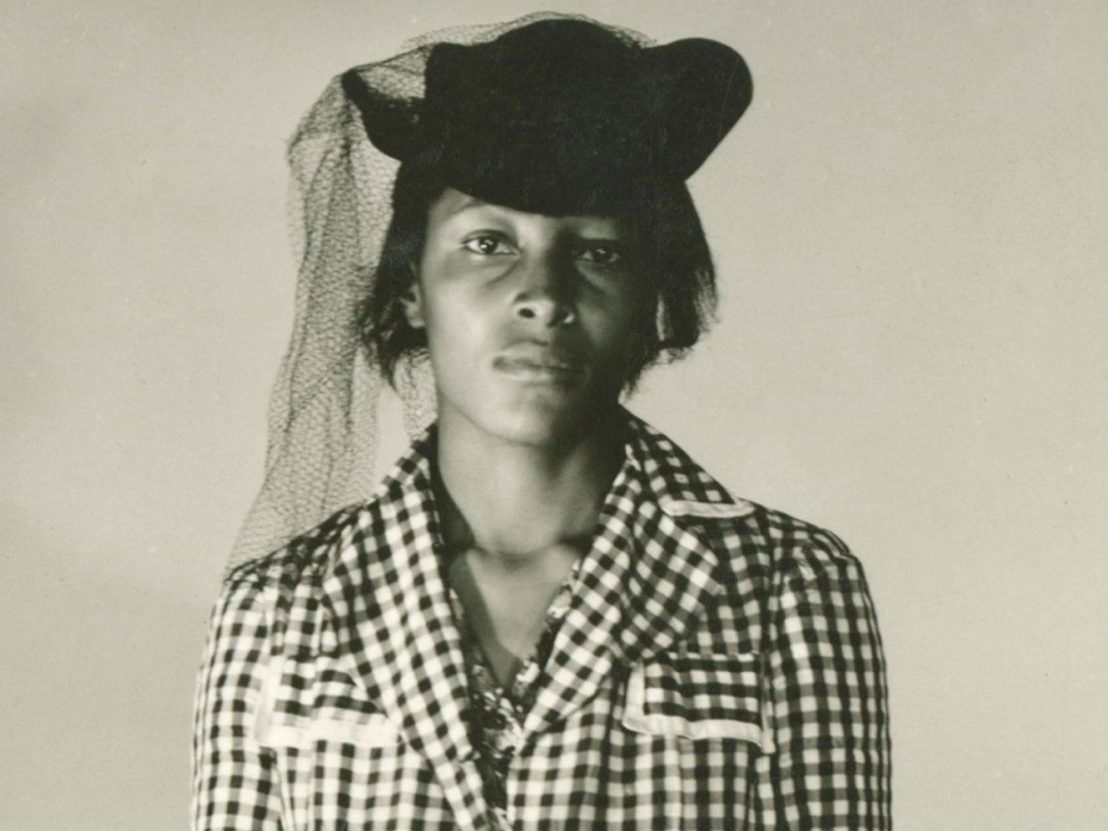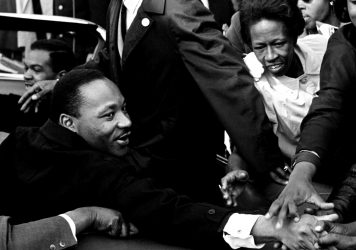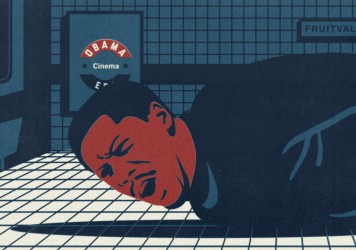
One warm September evening in 1944, six white men accosted an African-American sharecropper at gunpoint in Abbeville, Alabama, and gang raped her over several hours. Despite speaking out against her attackers and garnering support across the country, in particular from Rosa Parks, Recy Taylor never saw justice served in her lifetime. The sheriff of Abbeville tried to intimidate advocates of Taylor’s case into jettisoning their efforts, while the all-white local grand jury refused to indict the men who raped her.
Taylor is emblematic of the years of unrecorded sexual violence and trauma that lie at the grotesque heart of racial politics in America. She made an unprecedented move in naming her rapists, since such sexual assaults happened to other African-American women regularly at the time but were unreported or ignored. Now, her legacy is being explored in a new documentary by Nancy Buirski, who also directed The Loving Story in 2011, about one couple’s remarkable crusade to get interracial marriage decriminalised in the ’60s.
The Rape of Recy Taylor explores the ways in which its titular character followed a long line of women – from Rosa Parks to Claudette Colvin – in shaping a more egalitarian society for African-Americans. Though the likes of Martin Luther King Jr and Malcolm X inspired a generation of black Americans with their words, it was black women who carried out some of the most important campaigns of the civil rights era, tirelessly preparing meals for peaceful protests at segregated lunch counters and assisting with various outreach programmes.
Buirski’s film is based on Danielle McGuire’s 2010 book ‘At the Dark End of the Street’, which traces the history of sexual violence committed against black women by white men. “It was because Recy Taylor attracted the attention of the NAACP [The National Association for the Advancement of Colored People], in particular Rosa Parks, that we know of her,” says Buirski. “Rosa Parks herself didn’t come out of nowhere – it was her experiences meeting women like Recy and hearing their stories that pushed her to become the leader of the Montgomery Bus Boycott.”
Shining examples of African-American literature by Toni Morrison and Octavia E Butler demonstrate how the objectification and degradation of the black female body is a practice that dates back to the time of institutionalised slavery. In cinema, however, representation of this particular issue has been mostly restricted to “race films” by black directors for black audiences, including Oscar Micheaux’s Within Our Gates from 1920. The Rape of Recy Taylor is special for this reason: interspersed with scenes taken from these “race films” and accompanied by a searing soundtrack sung by Dinah Washington and Fannie Lou Hamer, it is a respectful tribute to the richness of black cultural history in America.
As a white woman delving into stories about racism in America, Buirski knew that the thorny issues of narrative authority and privilege would naturally arise in the making of her documentary. “White people are complicit in the race tragedy of the United States,” she reflects, “and to not address our role as the cause of racial violence in the US makes us continually guilty. To be able to actually meet Recy and her family, and for them to entrust me with her story, was a huge honour.”
Travelling to Abbeville, the small town in Alabama where the rape occurred, Buirski takes her place within the narrative as a silent observer, allowing her subjects to discuss their personal experiences with Taylor’s case. The first half of the film is dominated by interviews with Taylor’s siblings, Robert Corbitt and Alma Daniels. As they describe their memories of what happened to their sister and the shameful attempts by the white community in Abbeville to cover up the crime, one is struck by their poise and soulful dignity in the face of such a heinous act.
Corbitt has made it his life’s work to expose the injustice inflicted upon his sister, who died in December last year. Yet if he bears any vitriol towards her assailants, it is never once palpable on screen. Towards the end of the documentary, he mentions having enquired about their lives in recent years, but makes it clear that he would never directly confront them. Due to her poor health at the time of filming, Taylor’s personal account is only heard through a voiceover at the beginning, but in one of the final scenes, we see her being helped into her seat from a wheelchair, her gaze stoic and calm. The self-possession of Taylor and her siblings is astounding and in Buirski’s words, “Biblical”.
But what’s also Biblical is the sinful ugliness that has poisoned Abbeville due to its repeated refusal of its inhabitants to reconcile themselves fully with the past. There’s an abominable irony in the fact that Taylor’s family shares its last name with Lewey Corbitt, the sheriff who tried to silence her, because his ancestors enslaved theirs. Corbitt is now deceased, though Buirski agrees that he can be seen as a forerunning symbol of police violence in America. The interviews with the siblings of the men accused of raping Taylor are uncomfortable to watch. They refer repeatedly to the military achievements of their brothers, and one is led to wonder about the relationship between toxic masculinity and war.
Despite the grimness of its subject matter, the film ends on a somewhat optimistic note, dominated by archival footage of black women’s activists in America. The most emotional moment, however, arrives during an interview with Crystal Feimster, a Yale University associate professor of African American studies. For just a couple of seconds, her voice quivers and her own feelings about Taylor’s case become evident to the camera. “I mean, as a scholar, I can see all the pieces, how racism works, how sexism works. But at the end of the day, you just think… these are six boys, and here’s just one woman. Where is the humanity?”
It’s a question worth thinking about in light of the recent resurgence of white supremacy in America. Ta-Nehisi Coates writes in his book ‘We Were Eight Years in Power’ that the Obama years lulled Americans into a false sense of security about being in a post-racial society, and Trump has proven these assumptions to be grossly misguided. This may be America’s dismal reality, but Buirski urges us to consider that Taylor’s legacy is that of insurmountable courage, which continues to define the civil rights movement today.
“Women everywhere, beginning from the Committee of Equal Justice for Recy Taylor, have always rallied for and put pressure on society to keep educating itself and change for the better,” Buirski says. Taylor’s rapists may have escaped conviction, but a small victory was won when, in 2011, the Alabama State Legislation apologised to her for its failure to protect her. “I can’t help but tell the truth of what they done to me,” she muses in the film. With her story finally getting the attention it deserves, perhaps it is not foolish to be sanguine about women’s activism shining through in today’s climate of bigotry and hatred.
The Rape of Recy Taylor screens at the East End Film Festival on Saturday 21 April. Tickets are available at eventbrite.co.uk
Published 9 Apr 2018

By Leila Latif
Fifty years after his death, does the Civil Rights Leader’s on screen image belie his true nature?

How a handful of filmmakers and a simple hashtag turned stories of African-American oppression into a national concern.

Love You To Death immerses the viewer in the powerful and revealing stories of bereaved families and friends.